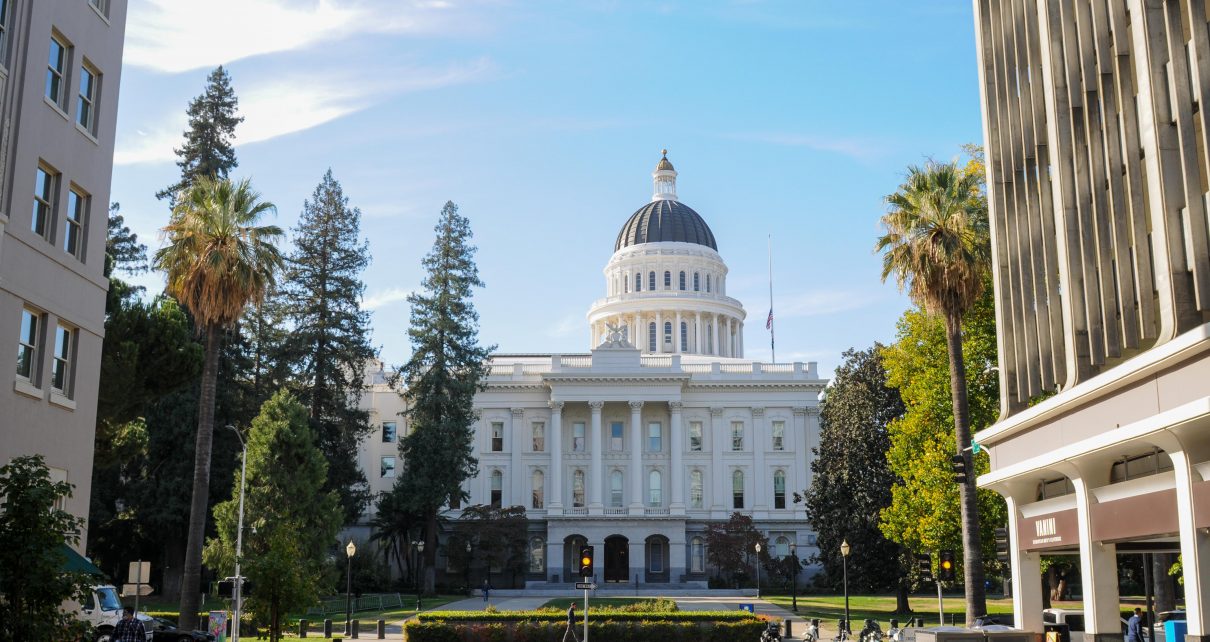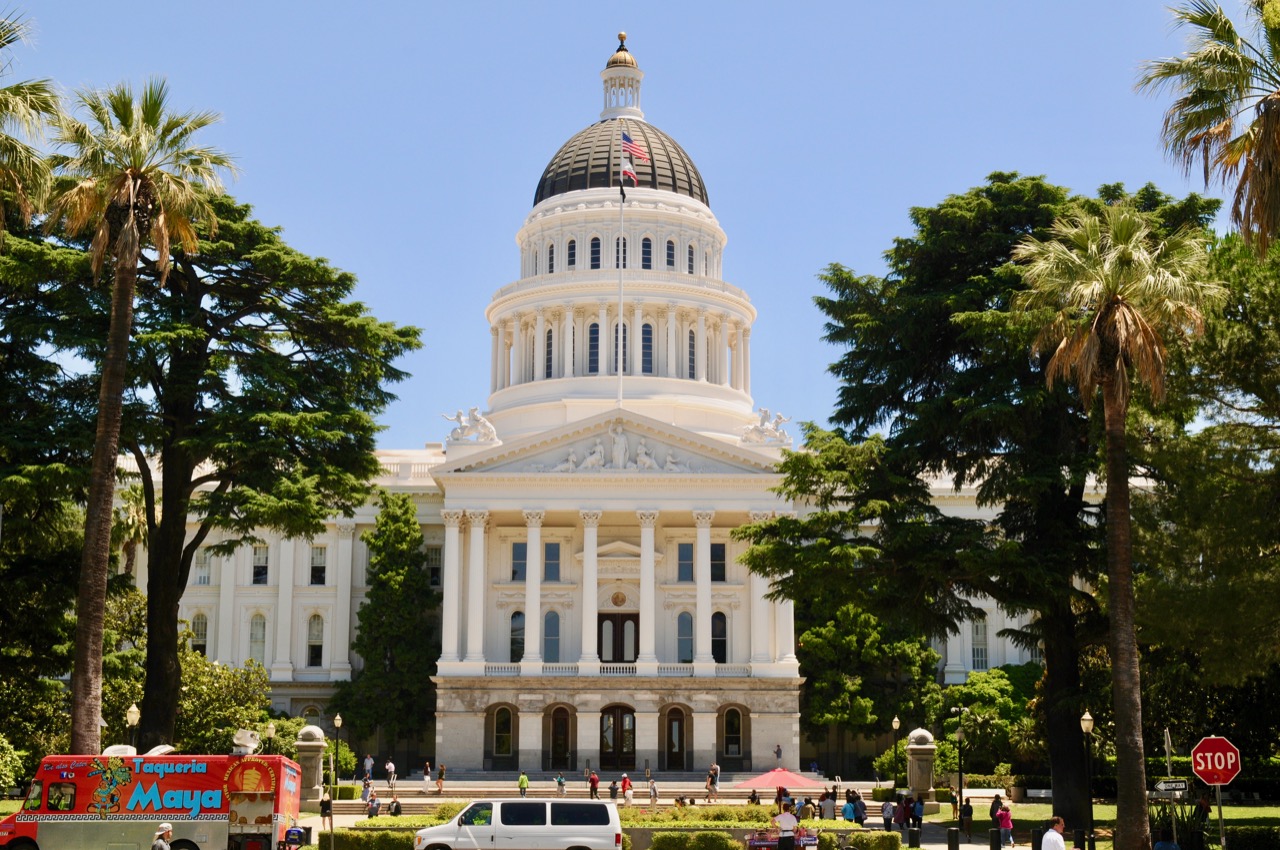
California State Capitol. (Photo: Kevin Sanders for California Globe)
Enforcing Small Claims Judgments
The clerk must notify the judgment creditor, at his or her last known address
By Chris Micheli, January 25, 2025 2:30 am
CCP Part 1, Title 1, Chapter 5.5, Article 8 deals with the satisfaction and enforcement of judgments in small claims courts.
Section 116.810 provides that enforcement of the judgment of a small claims court, including the issuance or recording of any abstract of the judgment, is automatically suspended, without the filing of a bond by the defendant, until the expiration of the time for appeal. If an appeal is filed, then enforcement of judgment is suspended until one or two specified actions.
Section 116.820 allows the judgment of a small claims court, or the judgment of the superior court after a hearing on appeal, to be enforced by the small claims court on the enforcement of judgments of other courts. The clerk of the court is required to charge and collect all fees associated with the enforcement of judgments. And, the prevailing party in any action subject to this chapter is entitled to the costs of enforcing the judgment and accrued interest.
Section 116.830 specifies that, at the time judgment is rendered, or notice of entry of the judgment is mailed to the parties, the clerk must deliver or mail to the judgment debtor a form containing questions regarding the nature and location of any assets of the judgment debtor. Within 30 days after the clerk has mailed notice of entry of the judgment, unless the judgment has been satisfied, the judgment debtor is required to complete the form and deliver it to the judgment creditor.
Section 116.840 states, at the option of the judgment debtor, payment of the judgment may be made either to the judgment creditor or to the court in which the judgment was entered. The small claims court may order entry of satisfaction of judgment.
Section 116.850 states that, if full payment of the judgment is made to the judgment creditor or to the judgment creditor’s assignee of record, then immediately upon receipt of payment, the judgment creditor or assignee files with the clerk of the court an acknowledgment of satisfaction of the judgment. The clerk of the court enters a satisfaction of judgment at the request of the judgment debtor in specified circumstances. A rebuttable presumption of full or partial payment of the judgment is created if the judgment debtor files both of the specified items with the clerk of the court in which the judgment was entered.
Section 116.860 provides a judgment debtor who desires to make payment to the court in which the judgment was entered may file a request to make payment. Upon the filing of the request to make payment and the payment to the clerk of the amount of the judgment and any accrued interest and costs after judgment, plus any required fee authorized by this section, the clerk then enters satisfaction of the judgment and remits payment to the judgment creditor.
The clerk must notify the judgment creditor, at his or her last known address, that the judgment debtor has satisfied the judgment by making payment to the court. The notification explains the procedures which the judgment creditor has to follow to receive payment. The term “costs after judgment” is defined.
Section 116.870 concerns the suspension of the judgment debtor’s privilege to operate a motor vehicle for failing to satisfy a judgment, and it applies in two specified circumstances.
Section 116.880 says that, if the judgment was for $1,000 or less, resulted from a motor vehicle accident occurring on a California highway caused by the defendant’s operation of a motor vehicle, and has remained unsatisfied for more than 90 days after the judgment became final, the judgment creditor may file with the Department of Motor Vehicles a notice requesting a suspension of the judgment debtor’s privilege to operate a motor vehicle. The notice must include specified information. The DMV has to terminate the suspension, or the suspension proceedings, upon the occurrence of one or more of five specified conditions.
- Division of Property in California - December 27, 2025
- Agency Adoptions - December 26, 2025
- Exchange of Expert Witness Information - December 26, 2025




